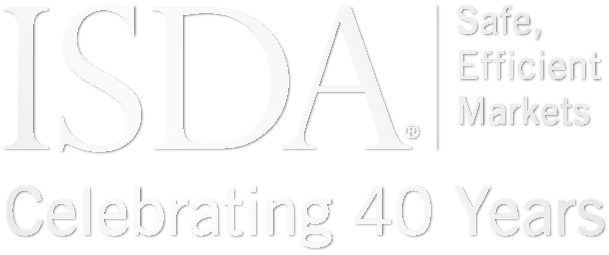There is a perception among some commentators that only a small fraction of derivatives activity relates to hedging that benefits the ‘real economy’. This analysis challenges that assumption. Publicly available data published by the Bank for International Settlements reveals that 65% of over-the-counter interest rate derivatives market turnover involves an end user on one side and a reporting dealer on the other. These participants, comprising non- dealer financial institutions and non-financial customers, use derivatives primarily to hedge risks and reduce volatility on their balance sheets.
The remaining 35% of derivatives turnover activity relates to dealer market-making and the hedging of customer transactions – vital for market liquidity and the facilitation of client trades. Without this, end users would be unable to put on risk-reducing and cost-effective hedges, potentially leading to less hedging and more balance-sheet volatility.
Documents (1) for Dispelling Myths: End-User Activity in OTC Derivatives
Latest
ISDA Response to ESMA on CCP Model Validation
On April 7, ISDA responded to the European Securities and Markets Authority’s (ESMA) consultation on draft regulatory technical standards (RTS) under article 49(5) of the European Market Infrastructure Regulation (EMIR), on the conditions for an application for validation of model...
Scott O'Malia Testimony on US Treasury Clearing
On April 8, ISDA CEO Scott O'Malia testified on the implementation of mandatory US Treasury clearing before the US House of Representatives Committee on Financial Services Task Force on Monetary Policy, Treasury Market Resilience, and Economic Prosperity. “The US Treasury...
Joint Letter on Changes to French General Tax Code
On March 31, ISDA, the Association for Financial Markets in Europe (AFME) and the International Securities Lending Association (ISLA) sent a letter to the French tax authority about changes being made to Articles 119 bis A and 119 bis 2...
Cross-product Netting Under US Capital Rules
ISDA, FIA and the Securities Industry and Financial Markets Association (SIFMA) have developed a discussion paper to: (i) provide an overview of cross-margining programs developed by clearing organizations and their importance in the context of implementing recent market reforms with...


